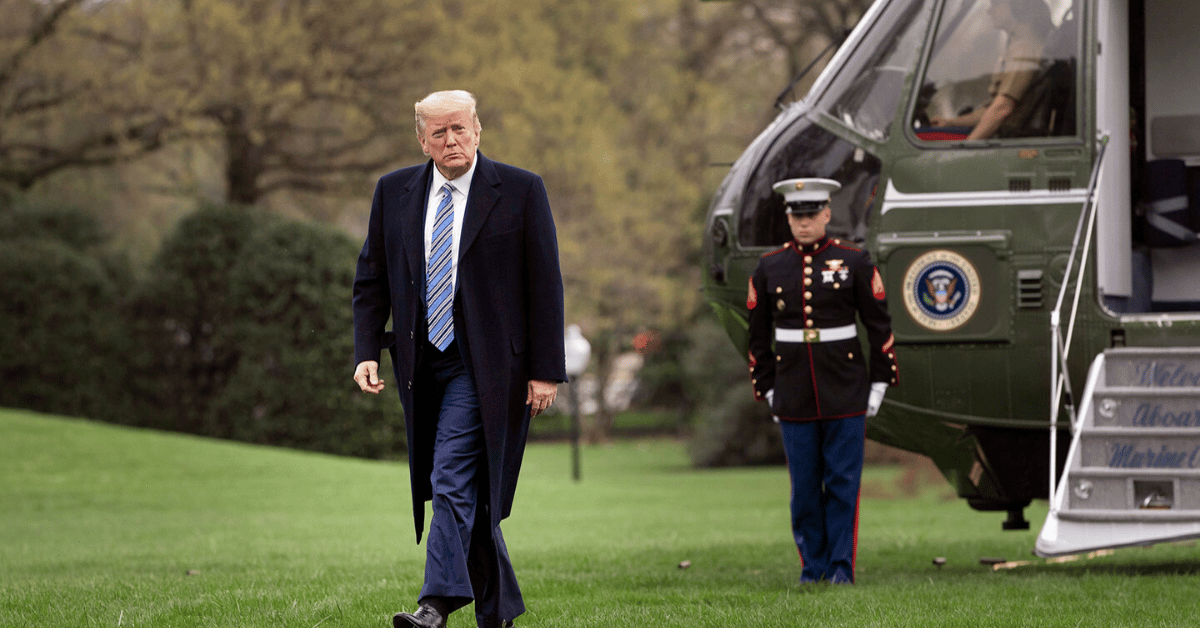




Russia’s latest barrage on Ukraine was a grim reminder of its relentless war machine. Overnight, the Kremlin unleashed a colossal aerial assault, the largest since its invasion kicked off in 2022.
Breitbart reported that the attack deployed 537 aerial weapons, including 477 drones and decoys, plus 60 missiles, targeting regions from western Ukraine to the front lines.
Ukraine’s air force managed to down 249 of these threats, with 226 others likely scrambled by electronic jamming. It’s a stark display of both sides’ technological arms race, yet civilians paid the price.
In Kherson, a drone strike claimed one life, while another drone hit a car in Kharkiv, killing its driver. Six people, including a child, were wounded in Cherkasy.
The Lviv region saw a massive fire erupt at an industrial site in Drohobych, with parts of the city plunged into darkness after losing power.
Ukraine’s air force called it “the most massive airstrike,” a label that carries weight given the war’s brutal history.
But let’s be clear: grandiose terms don’t erase the human toll or the strategic stalemate. Russia’s firepower may dazzle, but it’s a blunt instrument against Ukraine’s resolve.
Poland, ever wary of spillover, scrambled jets alongside allies to secure its airspace. The move underscores how this conflict ripples beyond Ukraine’s borders, poking at NATO’s edges. Yet, the West’s response remains a tightrope walk—supportive but cautious, lest the escalation spiral.
A Ukrainian F-16, a prized Western-supplied asset, crashed after taking damage in the fray, killing its pilot. This loss stings, not just for Ukraine but for its backers who see their hardware tested in real-time combat. It’s a sobering reminder that no tech is invincible.
Russia’s onslaught came on the heels of Putin’s Friday musings about new peace talks in Istanbul. His words ring hollow when drones and missiles do the talking. Two recent rounds of Russo-Ukrainian negotiations in Turkey fizzled, proving diplomacy is a tough sell amid explosions.
Long-range drones have become this war’s calling card, with both sides pouring resources into cutting-edge tech.
Ukraine’s ability to jam and down Russia’s arsenal shows it’s no slouch, but the sheer volume of attacks tests its limits. It’s a high-stakes game of cat and mouse, played with lives.
In Lviv, the industrial fire and blackouts hit hard, disrupting daily life far from the front. Western Ukraine, often spared the worst, got a rude wake-up call. Russia’s reach seems to grow, yet its endgame remains murky.
Kherson’s fatal drone strike and Kharkiv’s car attack show Russia’s disregard for precision. Civilians aren’t collateral damage—they’re targets in a war that thrives on fear. The wounded child in Cherkasy is a gut-punch, exposing the conflict’s indiscriminate cruelty.
Ukraine’s air defenses, while impressive, can’t stop every threat. Downing 249 weapons is no small feat, but the 288 that got through or were jammed still wreaked havoc. It’s a numbers game, and Russia’s betting on overwhelming force.
Putin’s peace talk overtures, timed suspiciously before this attack, smell like propaganda. Offering an olive branch while launching 537 weapons isn’t diplomacy—it’s a power play. The Kremlin’s playbook thrives on mixed signals, keeping opponents guessing.
Poland’s quick response to protect its skies highlights the war’s broader stakes. NATO’s shadow looms large, and every Russian drone buzzing too close raises hackles. Yet, the alliance’s restraint shows a grim calculus—avoiding World War III trumps heroics.
The F-16s’ downing is a blow to Ukraine’s morale and its Western allies’ confidence. Losing a pilot and a jet in one swoop hurts, especially when the tech was meant to tilt the scales. It’s a stark lesson in war’s unpredictability, no matter the gear.



